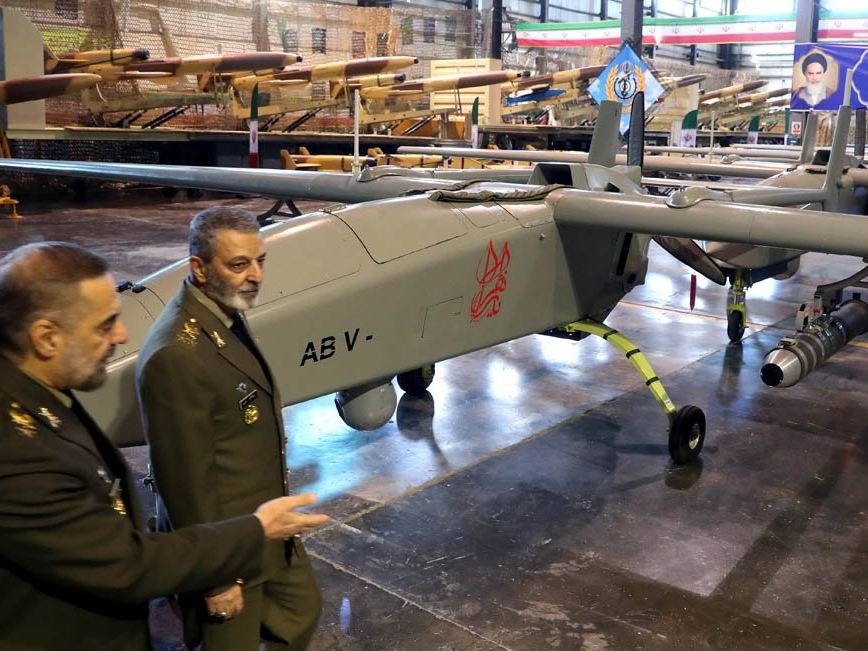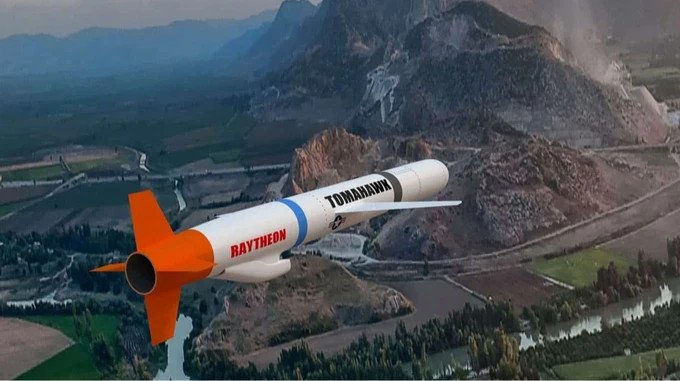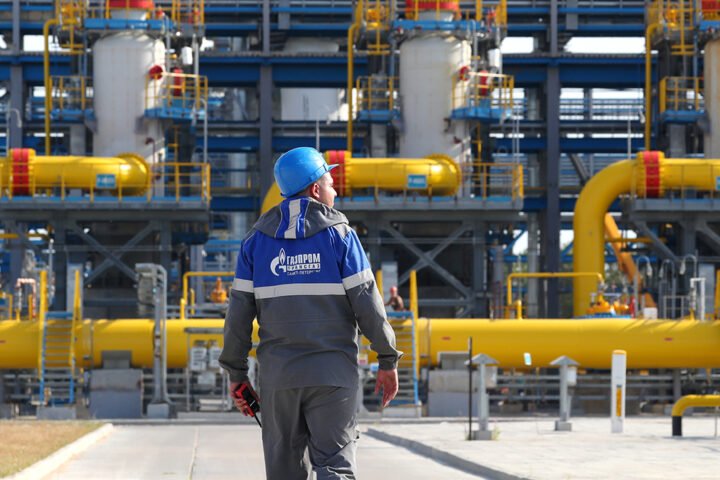Moscow has allegedly received up to 4,610 tons of Iranian weapons between November 1 and 28, 2024, according to an investigation published on August 18, 2025, by the independent Russian outlet Meduza. The report, based on transport and satellite data provided by the non-profit C4ADS, indicates that shipments labeled as “explosive materials” were unloaded at the port of Olya in Russia’s Astrakhan region before being transported by rail to major military depots in Volgograd and North Ossetia.
Iranian weapons flow through key Caspian port
The port of Olya has become a strategic hub for the trade of grain, livestock, and weapons between Russia and Iran. A significant portion of these supplies is reportedly managed by businessman Hossein Shamkhani, the son of Ali Shamkhani, a senior adviser to Iran’s Supreme Leader. The port itself is controlled by entrepreneur Jamaldin Pashayev, who was sanctioned by the United States in 2024. C4ADS data show containers from Olya were shipped to the Kotluban and Lukovsky railway stations, both hosting large ammunition depots operated by Russia’s 1060th logistics center.
Expansion of military cooperation since 2023
Iran’s weapons supply to Russia first came to light in April 2023. That September, then-Defense Minister Sergei Shoigu visited Tehran to negotiate the purchase of short-range ballistic missiles, including the Fath-360. By December 2023, a contract had been signed, despite Western accusations and repeated denials from both Moscow and Tehran. In January 2025, Russian President Vladimir Putin and Iranian President Masoud Pezeshkian signed a strategic partnership agreement covering political, cultural, and military cooperation, even as both sides continued to deny arms transfers.
Ukraine strikes Iranian-linked shipments
Ukraine has directly targeted the Olya hub, striking the port on April 18, 2025, and later hitting the vessel Port Olya-4 on August 15, which local media reported was carrying Iranian ammunition. Ukrainian officials argue that the consistent flow of Iranian drones and missiles forces Kyiv to deplete costly Western-supplied air defense systems, leaving critical infrastructure more vulnerable to Russian strikes.
Geopolitical risks and Western concerns
The weapons deliveries allow Russia to offset losses in artillery shells, rockets, and drones, sustaining its offensive capacity despite sanctions. Analysts warn that such cooperation undermines the effectiveness of Western restrictions and strengthens what some describe as an “axis of resistance” linking Russia, Iran, and North Korea. Western governments also fear that in exchange for arms, Moscow could provide Tehran with sensitive technologies that may advance Iran’s nuclear ambitions. Meanwhile, Iranian-supplied drones and munitions are increasingly used in strikes against Ukrainian cities, causing mounting civilian casualties and damage to critical infrastructure.









